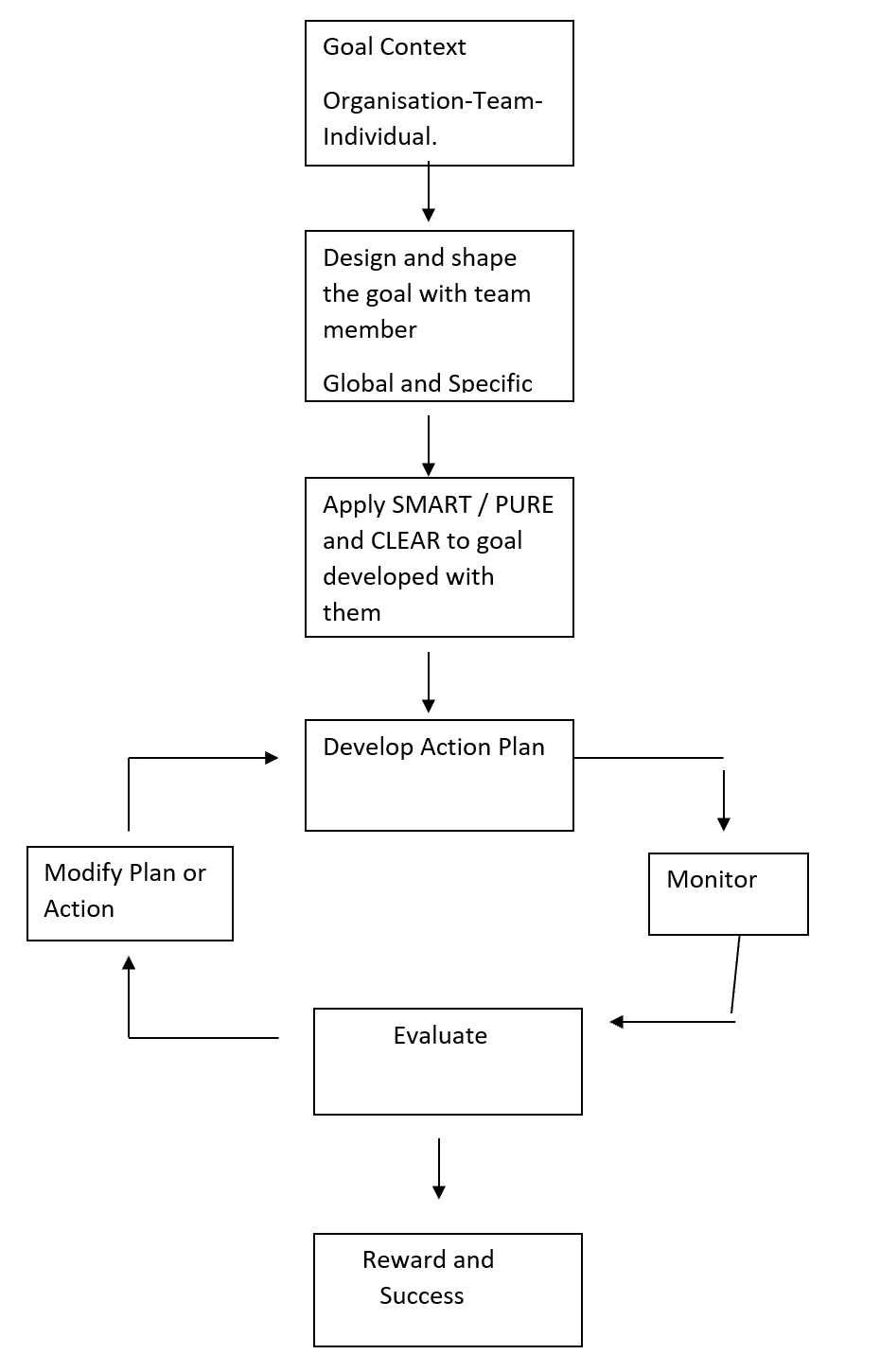In a recent article Is goal setting useful? I shared some of my research on the pros and cons of goals. In that I promised to share three models for thinking about goals. If you read the earlier article you may recall the conclusion that there is enormous value in goal setting. That naturally leads to consideration of how to set goals. That is where the three models come in. One of them is probably well known to you and the other less so.
SMART GOALS
This is the model that will be familiar to many of you. It is widely acknowledged that the concept came from George Doran who published a paper in 1981 in Vol. 70 Issue 11 of the journal Management Review. It was titled “There’s a S.M.A.R.T Way to Write Management’s Goals and Objectives”. He said that ideally, each objective should be:
- Specific – target a specific area for improvement.
- Measurable – quantify or at least suggest an indicator of progress.
- Assignable – specify who will do it.
- Realistic – state what results can realistically be achieved, given available resources.
- Time-related – specify when the result(s) can be achieved.
Since 1981 there have been some differing interpretations of the words associated with some of the letters making up the acronym and I summarise this below, with the original words in bold.
| Key terms | Comment |
|
Specific
|
Target a specific area for improvement Is it clear? The closer the goals the more specific you can be. |
| Measurable | Motivating
|
How will you know when you are making progress?
What will you see, hear and feel when you have achieved your goal? How often will you measure progress? The use of the word motivating here is recognition that if you are to achieve a goal there needs to be some motivation attached to it.
|
| Assignable | Achievable | Attainable | Agreed
|
Specify who will do it.
Achievable or attainable have been more commonly substituted here. Is it realistic? Can you genuinely fit it in? What might you have to give up in order to achieve this goal?
|
| Realistic |Resourced |Relevant | Results based
|
What can realistically be achieved given available resources
What will it cost in time and money? Who else will be involved? What objects, people, time, role models, personal qualities are needed? The use of the word relevant is reminding us that we could have a goal that for example may not at all be aligned with the goals of the business and therefore perhaps should not be a goal we have. Results based is arguably linked to “measurable” above.
|
| Time related |Trackable | Timely | Testable
|
By when do you intend to achieve? Is that reasonable? |
The second and third models I want to share come from Sir John Whitmore, from the UK. He died in 2017 and is one of the founding figures of the modern coaching movement and business coaching. He was extremely influential and wrote a number of books including one called Coaching for Performance, where he talked about these models. (Early on in his life he was also a successful racing car driver!)
PURE GOALS
|
Positively stated
Understood
Relevant
Ethical
|
This fixes your attention and focuses your thoughts. If you set a negative goal it fixes your attention on what you don’t want. That doesn’t work.
Be very clear about the goal, including any wider consequences it may have for yourself and others. Are there any secondary gains or losses? Misunderstandings can kill achievement!
This is encouraging us to have fewer goals that are clearly aligned with achieving what is important. In the corporate context this usually means in alignment with the vision, mission and values of the organisation.
This can mean different things to different people. Some would say it is about “doing the right thing”
|
CLEAR GOALS
|
Challenging
Legal
Environmentally sound
Appropriate & Agreed
Recorded
|
If it is not challenging there is no motivation. In my previous article we established this connection.
Hopefully this is obvious but is different to ethical above. A casino might be legal but in the eyes of some not ethical.
Again, will be open to varying interpretations but is becoming a much more important consideration.
How does this goal sit in terms of your values? Is it worthwhile? The value is the real reason behind the goal. Without agreement there is unlikely to be ownership.
Is it written down / documented? You are more likely to achieve it if it is. |
So there you have it – three models to help you when you are setting goals. My thanks again to Michelle Deroubaix and Greg Fisher who were my buddies for researching this when we completed our Master of Business Coaching degree.
If you can answer yes to the question, are my goals SMART, PURE and CLEAR then it seems to me you will have well formed goals. The key then is to take action! I invite you to identify a couple of goals using these models and get cracking on achieving them.
As a bonus I’ve done a simple diagram below to help you think about helping a team member with goal setting.
Using SMART, PURE and CLEAR to guide a team member with goal setting


